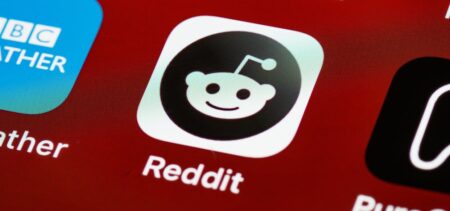Remember Google+, the social media platform? We can’t blame you if you don’t. As a reminder, it was Google’s answer to Facebook—and soon it will be gone, at least on the consumer side. We thought we’d use this opportunity to take a closer look at exactly why the company has decided to put an end to its “Facebook killer”, as well as why it might have been doomed from the start. It might not have been a very successful platform, but it sure is an effective—and expensive—cautionary tale.
Calling it quits
A couple days ago, Google announced that it would shut down the consumer version of its social media platform over the next 10 months due to low usage and engagement and a previously undisclosed security flaw that exposed users’ profile data that was remedied in March 2018. In fact, the company revealed that 90 percent of Google+ user sessions lasted less than five seconds.
Despite the reported data breach, Google stated that it will focus on a “secure corporate social network”. The company plans to keep the service available to enterprise customers and also announced API changes that will limit developers’ access to data on Android devices and Gmail. Moving forward, developers will not receive call log and SMS permissions on Android devices or be able to access contact interaction data through the Android Contacts API. These changes are part of an internal Google effort called Project Strobe, involving a review of “third-party developer access to Google account and Android device data and of our philosophy around apps’ data access,” according to Google.
Doomed from the start?
In 2011, Google claimed that they created the platform because online sharing had gotten “awkward”, even “broken” and they wanted to fix it by bringing “the nuance and richness of real-life sharing to software.” While the company promised something new and innovative, few features stood out compared to the competition. One of the more prominent ones was Hangouts, which was basically the ability to video chat live with multiple people at once. Unfortunately, only months later Facebook also added a video chat feature to their platform.
Google+ also allegedly brought a new twist to the notion of the online Friends list by replacing it with Circles. Instead of having a single list comprised of all the people you’re connected with, you could create custom lists and share things with only a part of your audience. While touted as an innovation, this feature had already been available for years on Facebook in the form of custom friend lists. All in all, Google did little to differentiate its social media platform and people had little incentive to switch when all of their friends and acquaintances were on Facebook.
Ironically, one of the biggest mistakes Google made was meant to drive up buzz for their platform. When it launched, Google+ was invite-only, and potential users that couldn’t get an invite had to join a waitlist. While this technique was a success in the case of Gmail, launching a social media platform with a restricted number of users might not have been the best idea. Joining Google+ in its early days was almost a lonely experience, and by the time it opened up to the public, most people had lost interest. One interesting detail is that upon launch, the company invited only a handful of tech insiders on the platform. One day later, the company announced that those people could invite anyone. After that announcement, Google shut down the “invite anyone” system due to “insane demand”. Whether Google’s servers were overwhelmed by the influx of new users or they just wanted to create even more hype, the move didn’t have a good long-term impact.
In hindsight, it’s no wonder that Google+ fell flat. Not only was the launch drawn out by the whole “invite” conundrum, but the social media platform didn’t bring anything new compared to its main competitor. While most new social media platforms bring some kind of new concept to sharing, whether it’s restricting sharing to one type of media or changing the way users interact, Google+ was too similar to Facebook to convince such a large user base to migrate. And even those that were convinced to try the platform out were met with tumbleweeds thanks to the company’s attempt to create “exclusivity”.
To conclude, we’d say the main lesson to be learned from Google+ is to differentiate your products. Obviously, there’s no point in bringing out the same product as a competitor unless you offer a significant advantage or fix a big flaw. Around its release, some called Google+ “the Facebook killer”, but in order to make another product obsolete, you need to create something better—which in hindsight, Google failed to do.




































